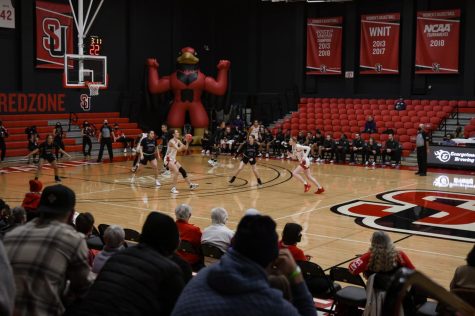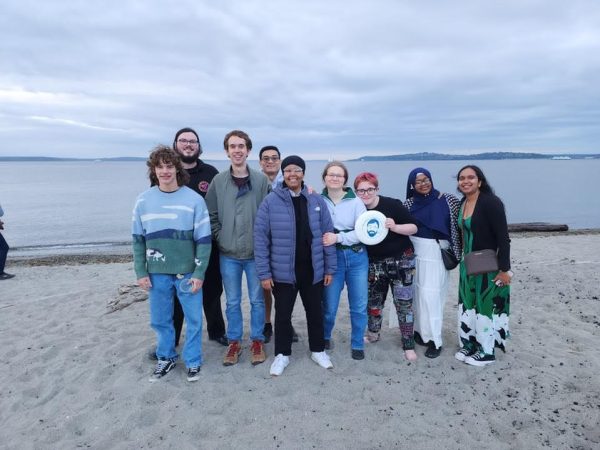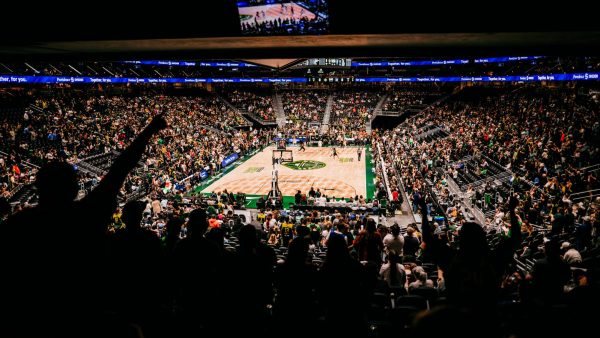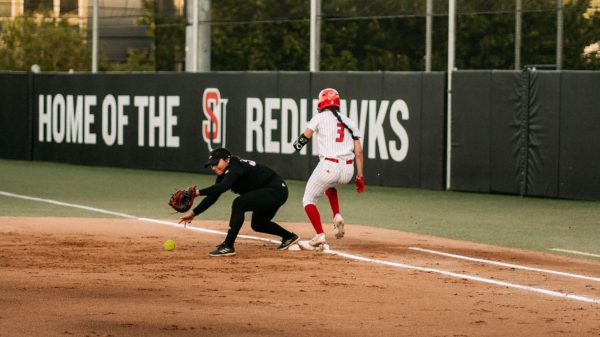Making a Splash with Seattle U Crew
The Seattle University Crew Team, previously known as Seattle University Men’s Rowing, is a unique club at Seattle U due to the devotion of its members. The rowers practice six days a week, train together, fundraise, travel to regattas to compete and hire their own coaches, all as a club without Division I Athletic prestige or funding.
Nicole Martin, head coach of the team, explained that few men’s collegiate rowing teams are affiliated with the NCAA. Instead, club teams are affiliated with the Intercollegiate Rowing Association (IRA) that hosts regattas.
“We have a little more freedom to train how we want to, have whatever size roster we want…The students and athletes run this team,” Martin said.
Seattle U Crew wrapped up its season in late April with a showing at the Western Intercollegiate Rowing Association Championships (WIRAs). The team raced four two-person boats—two pairs and two doubles—along with a novice four, novices being first-year rowers.
Eric Olsen, a first-year mechanical engineering major, was encouraged to join the rowing team by his roommate. He attended a learn-to-row event and has been on the team ever since, citing the welcoming environment and level of challenge as reasons he found the sport appealing, along with the team’s close-knit energy that comes from its size.
“We are a small boat team, and we go by the mantra that small boats move big boats,” Olsen said.
The team almost always trains in vessels that hold under four rowers, which require a greater level of finesse than larger boats. The skills from racing in smaller lineups translate well to the occasional 8-person boat that the club will race.
Another reason to prioritize small crafts is the number of athletes. Limitations on what types of boat a rowing team can race are due not only to the number of rowers, but also to the number of coxswains—athletes whose duties include making race plans, steering and giving commands to the rowers. Large boats, such as eights and some fours, require coxswains.
For Kai Legaspi, a first-year women, gender and sexuality studies major, learning how to be a coxswain was a daunting, yet rewarding experience. Their Resident Assistant and teammate Gabe Veltri encouraged residents to join the team in the fall. Legaspi stuck with the sport as a coxswain and will join the club officers as vice president next year.
Regarding the club’s name change to a gender-inclusive option, Legaspi wants it to be a sign that the club is open to all aspiring athletes.
“You as a rower do not have to be a cisgender man. As long as you have the drive to row, to practice, to commit yourself to this sport, there is a spot for you on this team. Whether you are a rower or a coxswain, there is a spot for you on the team. We wanted to make it clear that we are not just a men’s team, we are a crew team,” Legaspi said.
As vice president, Legaspi’s primary responsibility will be recruitment and novice engagement. They hope to encourage novices to persist with the sport, as the current novice squad, including Legaspi, is five students.
Devin Wilcoxen, a second-year cell and microbiology major, was the vice president for Legaspi’s first year as a student-athlete. Wilcoxen also joined the team in his freshman year; as the current vice president, he is aware of how important it was to make sure the current novice rowers felt supported on the team.
“Rowing is a really tough sport and there are times where you feel like you want to quit… But the biggest highlight and source of pride for me is seeing our novice crew come together as a smaller, tight-knit crew,” Wilcoxen said.
The current president of the club, Nathan Mayer, a fourth-year economics and political science double major, wants as many people as possible to experience the sport. His first exposure to rowing was through a relative who rowed at the collegiate level, and Mayer decided to follow suit as a freshman at Seattle U.
Mayer experienced many changes to his team over the years, as he saw the club adapt to host socially-distanced practices during the pandemic, and how many clubs as a whole may be suffering from lower attendance due to lasting effects of the pandemic. Regardless, Mayer hopes the recruitment efforts of the team next year will bolster the roster so other students can have an experience similar to his.
“Doing this sport was the best decision I made in all of college. The friends and the drive it gave me opened up a lot of opportunities for me,” Mayer said.
The Seattle U Crew team sees off four graduating varsity members this year, but the club’s members are looking forward to introducing the next year of rowers to a sport that adds to their college experience. While the team looks forward to the future, it is also looking back at a consequential crew of members who have made the team what it is today.






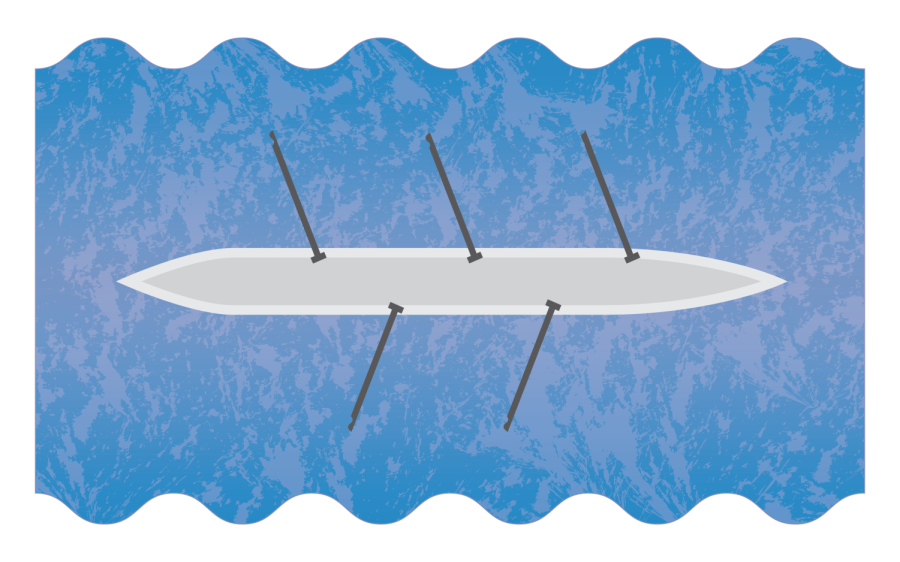
![Josh Gibson Supplants Ty Cobb, Babe Ruth, as Baseball’s Best Hitter [OPINION]](https://seattlespectator.com/wp-content/uploads/2024/05/gettyimages-72075891-600x338.jpg)
